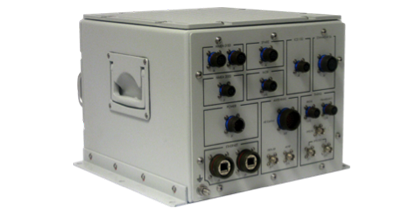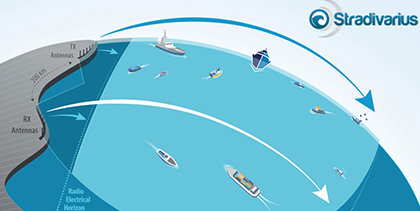RANGER innovates by combining novel and ground-breaking Radar technologies with innovative supporting technological solutions for early warning, in order to deliver a surveillance platform that will offer tracking as well as detection, recognition, and identification of vessels far beyond existing radar systems. Furthermore, the RANGER system will seamlessly fit and contribute to the Common Information Sharing Environment (CISE) framework through the provision of on-demand CISE compliant services, in accordance with EUROSUR specifications. RANGER’s most important contribution will be to significantly progress on the accuracy and long distance detection, identification and recognition capacity for small boats. Thus, drastically improving the response and intervention capacity of European SaR services and personnel, and severely reducing the expected number of casualties in the Mediterranean basin, whether it is the Greek archipelago, the southern Atlantic or the open seas of Italy and France.



